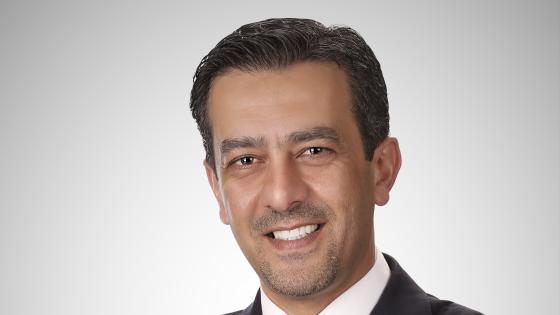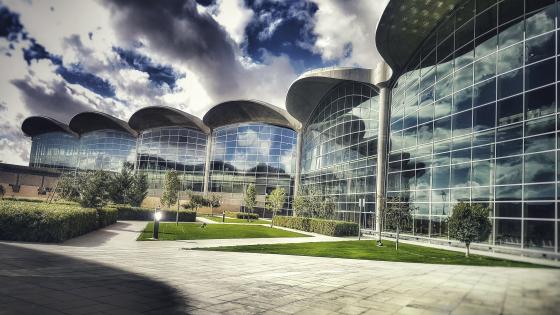Waseem Al Rousan has been the IT director at Queen Alia International Airport in Amman, Jordan since 2018. Here, he shares his thoughts on the importance of customer-centric operations, technology investment and reaping the benefits of better understanding data
What is the biggest challenge facing airports today?
As we adapt to changing passenger behaviours and expectations — from safety concerns and related hygiene regulations to the increased demand for seamless and contactless travel experiences — modernisation strategies are becoming vital for airports seeking operational efficiency and healthy profits. Therefore, airports must increasingly invest in new digital solutions and contactless processes, while ensuring they are technically ready for these digital demands.

Waseem Al Rousan has been the airport's IT director since 2018
How can this be tackled?
Such challenges can be tackled through customer-centric strategies, which involve understanding the needs of passengers and ensuring each stakeholder within the airport ecosystem can meet them. Airports can leverage data-driven insights to optimise operational efficiency with an enhanced understanding of previously unseen passenger trends and behaviours. This will significantly improve engagement with passengers to provide a more convenient and personalised travel experience. Collaboration between airports, airlines, government agencies and technology providers will be the primary enabler for streamlining processes and implementing effective solutions.
What has the sector learned from the COVID-19 pandemic and the ensuing recovery period?
The industry now views technology and digital solution readiness as crucial. While this was accelerated by unprecedented circumstances, it’s clear that the speed to embrace new solutions provided key benefits, from adhering to new hygiene requirements to bolstering the passenger experience. Another important lesson was the need for contingency plans to manage risk – these are often reliant on technology, too.
What have you learned?
I now realise the importance of understanding and accessing data anytime, anywhere, using tools in real time. Data insights offer airports the ability to build use cases, from pre-empting operational challenges such as adverse weather conditions to forecasting passenger behaviours and understanding financial trends.
What do you most want to see happen in the sector?
As traveller confidence returns, I’d like to see the acceleration of digital transformation efforts and the adoption of technologies such as artificial intelligence (AI), internet of things (IoT) and data analytics. Ultimately, I would like to see airports foster innovation and collaboration among the different stakeholders to drive meaningful change across the entire eco-system.
Which technology is likely to have the biggest impact?
AI has the potential to revolutionise many aspects of airport operations, including predictive maintenance and intelligent security screening, to create seamless and more personalised passenger journeys.
Which technology has had the biggest impact on your airport?
We’ve been leveraging Amadeus Airport Insights to obtain a better understanding of our operations, optimise resource allocation and make data-driven decisions. It has enabled us to identify trends, patterns and areas for improvement, resulting in enhanced operational efficiency and improved passenger satisfaction. The ability to integrate Airport Insights into other airport systems is really important, providing real-time analytics to drive performance improvements and enhance airport operations.

AI has the potential to revolutionise many aspects of airport operations
